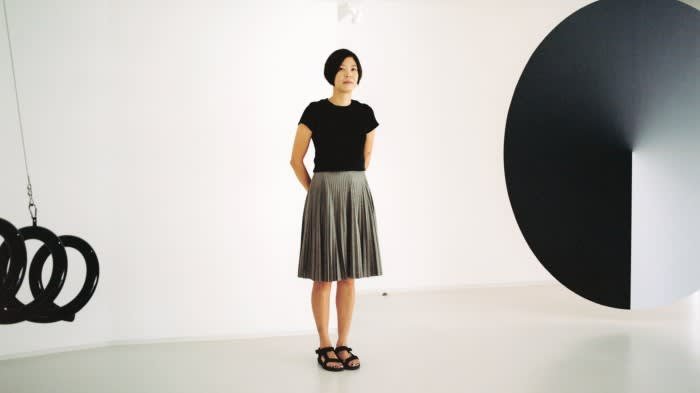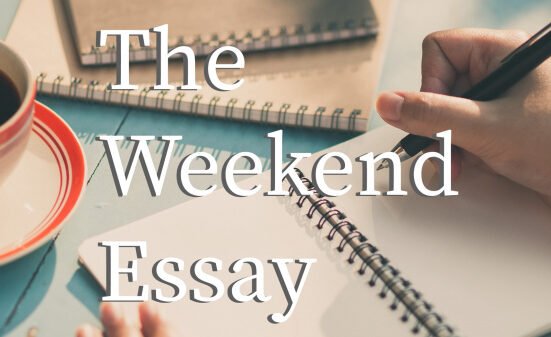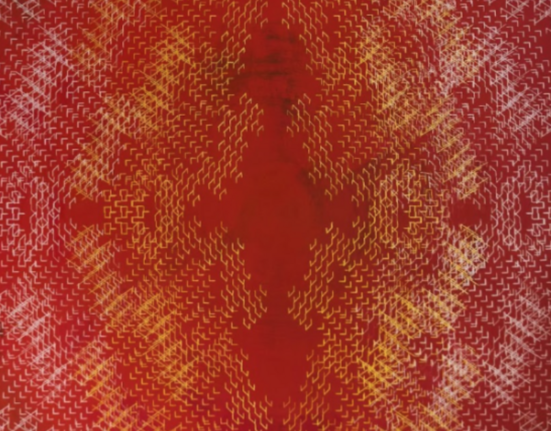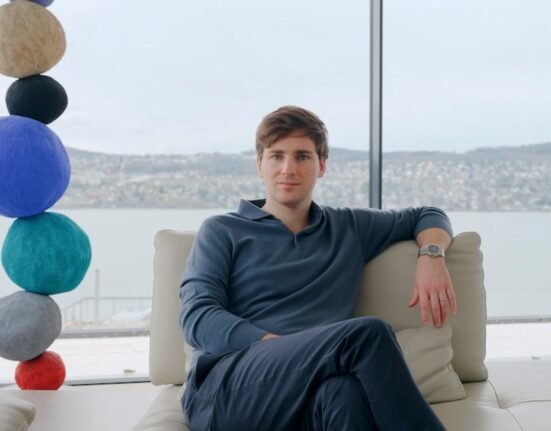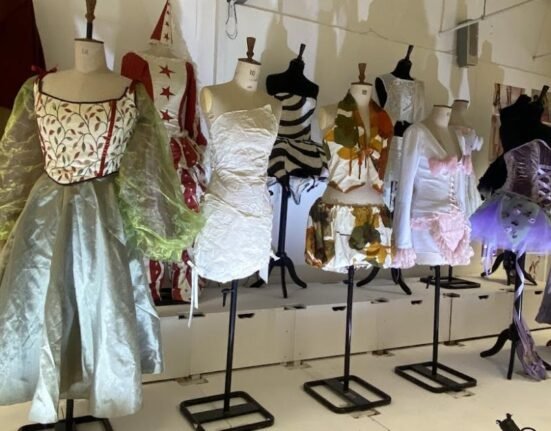Unlock the Editor’s Digest for free
Roula Khalaf, Editor of the FT, selects her favourite stories in this weekly newsletter.
As the art world makes its annual pilgrimage to South Korea for the Frieze Seoul and Kiaf fairs, dealer Kyungmin Lee is testing an alternative approach to attracting visitors to her gallery. While most museums and galleries across the city present solo exhibitions, Lee is collaborating with three other galleries from around the region to mount a group show which has been collectively curated. She hopes this unconventional strategy will not only differentiate Whistle, the gallery she founded in 2017, from other local art spaces, but also foster deeper relationships with like-minded art dealers.
Lee is accustomed to paving her own path, having left a curatorial role at esteemed local One and J Gallery to open Whistle. “I felt a responsibility to provide a balanced environment where emerging artists could thrive,” she says when we meet at Whistle’s offices. In the years since, “Whistle has become a place where new voices in the art world can be heard and appreciated. We’ve built a strong reputation for discovering and showcasing a diverse range of artists, and the positive feedback from the art community reflects that success.” This bucks the tendency among Korean galleries to shy away from artists whose works do not easily align with market trends.

Although the gallery’s roster comprises a modest nine names, Lee has exhibited 35 other artists, nearly all of whom were in their thirties or forties. Exhibitions takes shape through a collaborative process between Lee and each artist, allowing for experimental and site-specific presentations. This yields a dynamic and diverse gallery programme that challenges assumptions while still turning a profit — earlier this year, Whistle doubled its exhibition space in its current building.
In contrast to most commercial galleries in Seoul, the exhibition calendar at Whistle includes almost as many group shows as solo shows, reflecting Lee’s penchant for discovering emerging talents in the domestic art scene She typically invites established artists to present an entire body of work in the framework of solo exhibitions; for new artists, Lee prefers to curate group shows. “For me, it’s a good way to start and it’s just easier in terms of developing relationships with artists naturally and learning about their practice closely.”
Lee applied this method to her current group exhibition, Transposition 1: Observing Walking Patterns, which features artists from Whistle, ROH (Jakarta), Misako & Rosen (Tokyo) and Kiang Malingue (Hong Kong). Artists such as painter Min ha Park, media artist Wong Ping, sculptor Faisal Habibi and conceptual artist COBRA are showing works that reveal their distinctive methodologies and conceptual concerns. As for the exhibition’s slightly confounding title, Lee says, “When you see the way people walk, you can also pick up on their attitude toward something or guess what their personality is like,” an axiom that rings true for artists as well as other art dealers.

In this case, there is very little guesswork involved. Lee already knows her fellow collaborators fairly well, thanks to occupying similar orbits in the global art-fair circuit in recent years. “We’ve been travelling a lot together and we became really good friends because we like to see everything — we’ll see like 15 galleries a day, plus museum openings.” Not only that, Lee adds, they tend to have similar interests. “So if I schedule a studio visit and someone else wants to join, then we just go together. It’s really helpful because they bring different perspectives to the conversation.”
This spirit of mutual support is noteworthy in an industry that broadly turns its nose up at transparency from business owners. Especially in Seoul, competition among art dealers is fierce because of the growing presence of international galleries seeking to capitalise on the city’s ascendancy as a contemporary art hub. Although this pressure is felt most strongly at the top of the Korean art market, a trickledown effect has squeezed mid-tier galleries such as Whistle, facing pressure to innovate or perish.
“Beyond competing with larger galleries, our goal is to create synergy through experimentation and creative exploration,” Lee says. “We are more focused on what we’re doing in terms of building community and really supporting artists. We’re surviving, but we’re not thinking, ‘OK, we’re going to get rich by doing this.’” Instead, she focuses on the intangible benefits of such collaborations far into the future: introducing her gallery’s programme to a wider range of international curators, connecting her artists with those of her partner galleries, sharing her knowledge and insights about the art market, creating opportunities for broader conversations about contemporary art in Asia.

Of course, sales are always important. But for Lee, it is more a matter of perspective. “I see bigger things that are possible through working with these people,” she says. “I’m investing in a sense, but I don’t really think about it like that. I believe there’s something very valuable in doing things this way — running a gallery doesn’t always come down to the numbers.”

